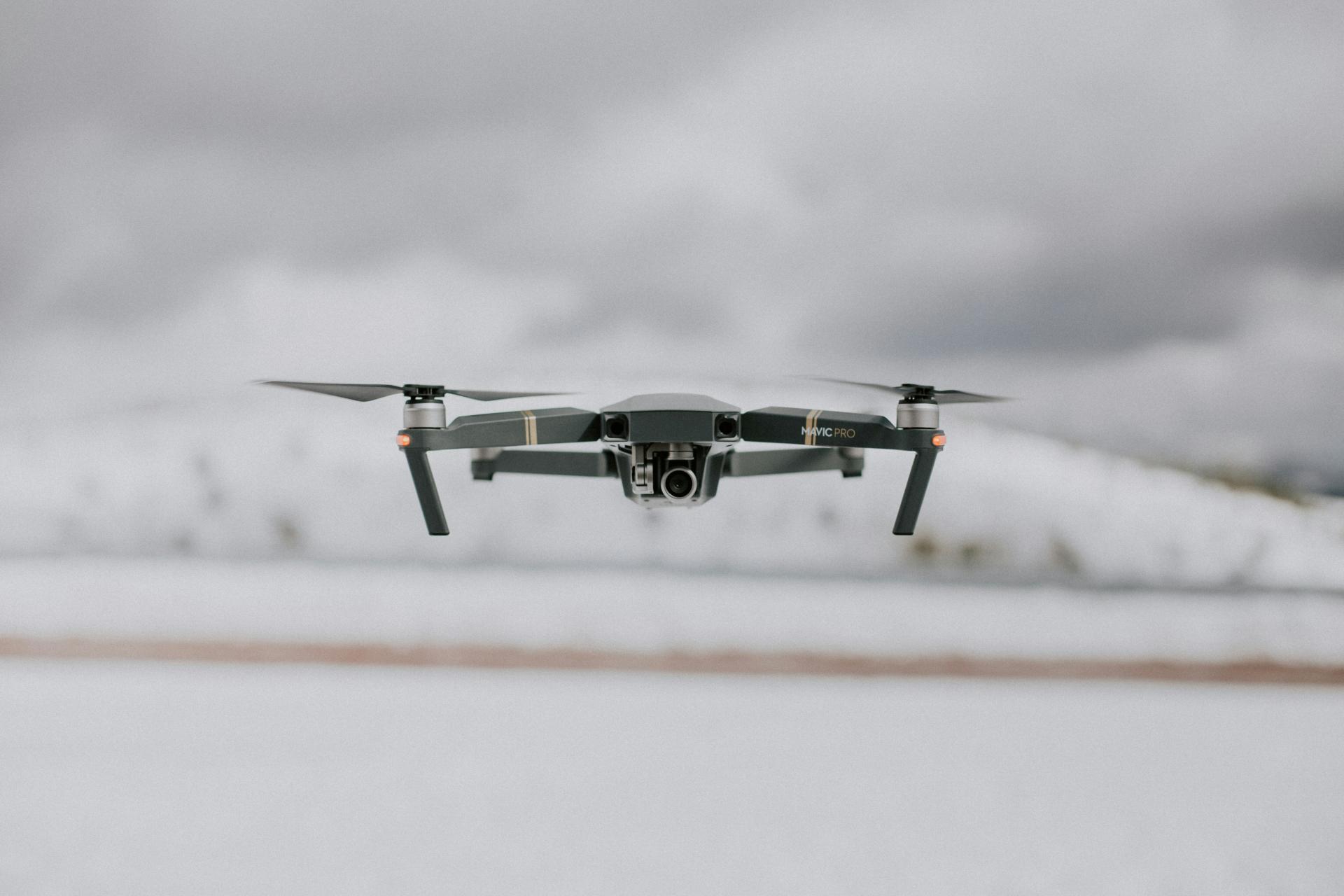From protective coatings for drones and vests with pressure sensors, to data storage and self-destructing tools – engineers in Latvia, collaborating with the defense sector, are creating various innovations for the country’s physical and cybersecurity, as shared by researchers from Riga Technical University (RTU) in the Latvian Radio program “Zināmais nezināmajā” (The Known in the Unknown).
Data Storage Case
Sergejs Gaidukovs, Tenure Professor at the Institute of Chemistry and Chemical Technology at RTU’s Faculty of Physics and Technology, revealed that during a national research program, faculty researchers developed an innovative solution in the field of data security.
"The solution included a material that could be used for data security and isolation from surrounding radio waves or other signals, preventing the information from being read, while also protecting it, as well as a technical solution to erase the information if there’s an attempt to steal it," he explained.
To achieve this, a complex solution involving material science, electronics, artificial intelligence, and programming was needed. By combining these fields, Latvian researchers were able to create a tangible, real-world product.
"We developed a case where an electronic product, such as a hard drive, memory device, or mobile phone, or something else specific needed for security and protection, can be placed. Our goal was to also control how the information is stored, and, if necessary, erase it with a specific trigger.
For example, if the case moves to another room and information is being stolen, the information itself must self-destruct," Gaidukovs explained.
The researchers have successfully created a technology that burns the information inside the case if necessary. Gaidukovs mentioned that they now want to expand from small cases to larger objects, such as rooms, containers, or larger boxes that can securely store electronic devices.
Protective Coating for Drones
Latvian researchers have also developed a lightweight, high-temperature resistant material to protect drones, as revealed by Andrejs Šiškins, Senior Researcher and Doctor of Chemistry at the RTU Institute of Materials and Surface Technology.
"Our goal was to create a very lightweight, or rather, low-density protective material. Why low-density? Because if we use materials like steel, it increases the weight of the object we want to protect," Šiškins explained.
The researchers aimed to create a material that could protect drones from direct energy-based weapons, including lasers and electromagnetic cannons.
Šiškins emphasized that these weapons are no longer science fiction or far-off in the future – military lasers and electromagnetic weapons are developing rapidly, and soon, drones may not be shot down using ballistic solutions, but instead be targeted with lasers or electromagnetic fields.
"The goal of our project was to create a very lightweight material that could be applied to larger drones, which are expected to return and are very expensive.
We created this material from scratch, and we can adjust both its density and mechanical strength," Šiškins said.
The innovative material is still being tested and developed, but European colleagues from the European Defence Fund have already recognized the achievement, the researcher added, noting that some time and further collaboration with major drone manufacturers are still needed before the material is fully realized.
Protective Vest with Nanocoating and Pressure Sensors
Meanwhile, Uģis Briedis, Associate Professor and Senior Researcher at the RTU Institute of Architecture and Design, explained that active work is being done to improve protective vests for soldiers.
"One task for us was to improve the strength of the material. We worked on enhancing the material layer by applying a graphene nanocoating. The nanocoating is a billionth of a meter thick – a very thin coating that strengthens the material to stop bullets," Briedis said.
He clarified that this isn't about metal plates in vests that protect soldiers from assault rifle bullets, but about soft plates that, along with metal plates, are included in standard soldier equipment.
The researchers have also proposed adding a special impact sensor to the vest to quickly detect whether a bullet has hit areas like the heart, ribs, or abdomen.
"Dividing the body’s front into five zones, this sensor can determine where the impact occurred," Briedis noted, explaining that the sensor would help commanders assess whether a soldier can continue the mission or if evacuation is necessary.
Additionally, research is underway to develop a material that could remotely detect the strength of the weapon used to hit a soldier, but Briedis emphasized that this does not apply to bullets from assault rifles. Vests designed for such protection also feature metal plates in front of the soft panel.
"The third part of the research is that we developed a structure or method to design these vests in up to 16 different sizes. People come in various sizes. We know sizes S, M, L, XL, and something similar was designed so that every soldier could wear the size that fits them best," Briedis said.
Critical Importance of Innovations for Our Defense
Robert Kits, Head of the Innovation and Research Support Department at the Ministry of Defence’s Department of Defence Industry and Innovation Policy, noted:
"Certainly, we view the collaboration between the military defense sector, researchers, and innovators as a progressive curve. Compared to five years ago, the cooperation has definitely become closer, but we know there are still opportunities to make it more effective."
Innovations are crucial for adapting to modern and future warfare to ensure we can protect ourselves not just today, but also tomorrow, Kits emphasized.
"For example, I don’t think there’s much to add about the relevance of unmanned aerial vehicles today. It’s very important that we are able to create innovations for unmanned systems in Latvia, but of course, we must also consider that counter-solutions are being developed just as quickly. Therefore, it’s essential to take a lesson from Ukraine, which focuses on how quickly they can implement these solutions – before counter-solutions are invented," Kits said.
Source: lsm.lv
Photo: Unsplash.com
